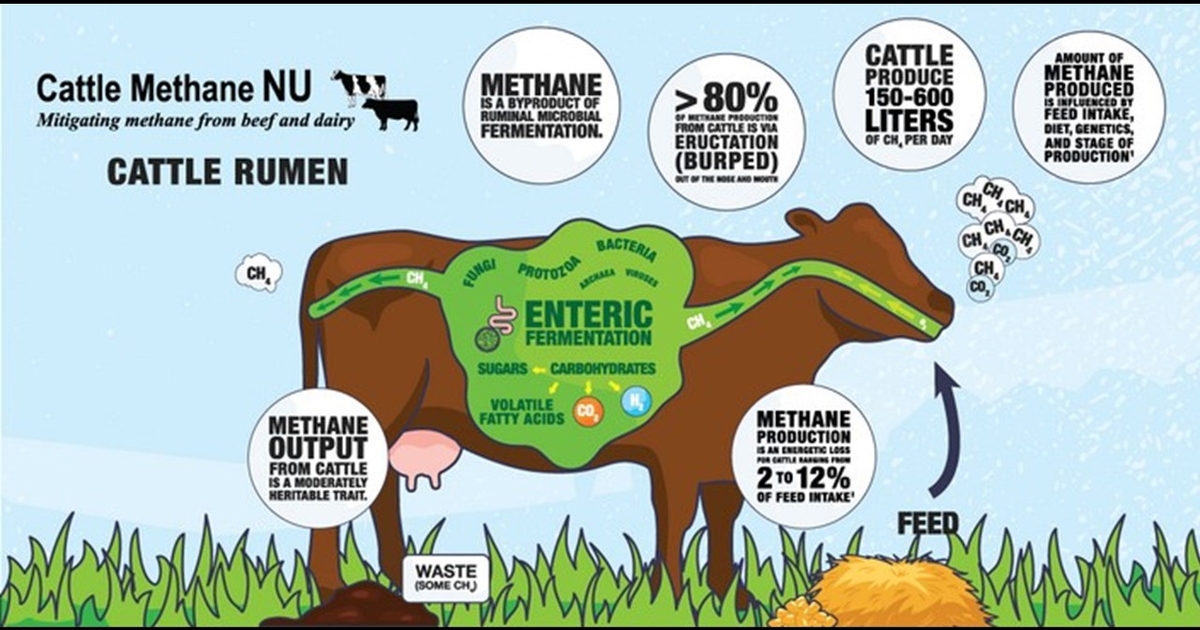Partnership aims to improve emerging animal disease detection
Posted on October 19, 2023
Source: Farm Progress. The original article is posted here.

"We are thrilled to announce this partnership,” said Rosemary Sifford, USDA’s chief veterinarian. “Our goal is to ensure all network laboratories are poised to combat the threat of transboundary and emerging diseases to protect our nation’s agricultural and food supply systems.”
A review team made up of experts from APHIS, NBAF and NAHLN identified five key NAHLN facilities across the country that will each host a scientist to work on this project. These scientists will evaluate and develop diagnostics for animal and zoonotic diseases. They will collaborate across the organizations, and will be responsible for evaluating local, regional, national and international threats and ensuring the NAHLN laboratories have the tools necessary to diagnose emerging threats.
APHIS is funding this project with NBAF Partnerships and Innovation funds as part of an overall strategy to help prevent animal pests and diseases from entering the United States and reduce the spread and impact of potential disease incursions through advance planning and preparedness.
The NAHLN coordination team selected the following laboratories to participate:
Region 1: Cornell University Animal Health Diagnostic Center/New York State Veterinary Diagnostic Laboratory
Region 2: Virginia Tech Animal Laboratory Services
Region 3: Michigan State University Veterinary Diagnostic Laboratory
Region 4: Arizona Veterinary Diagnostic Laboratory
Region 5: Washington Animal Disease Diagnostic Laboratory
NBAF’s mission is to protect the United States against transboundary, emerging and zoonotic animal diseases that threaten our food supply, agricultural economy and public health.
The NAHLN is a network of animal disease diagnostic laboratories that provides ongoing disease surveillance, responds quickly to disease events, communicates diagnostic outcomes to decision makers, and has the capability and capacity to meet diagnostic needs during animal disease outbreaks. APHIS oversees the NAHLN in collaboration with the National Institute of Food and Agriculture and in cooperation with the American Association of Veterinary Laboratory Diagnosticians.

.jpg?disable=upscale&width=1200&height=630&fit=crop)


